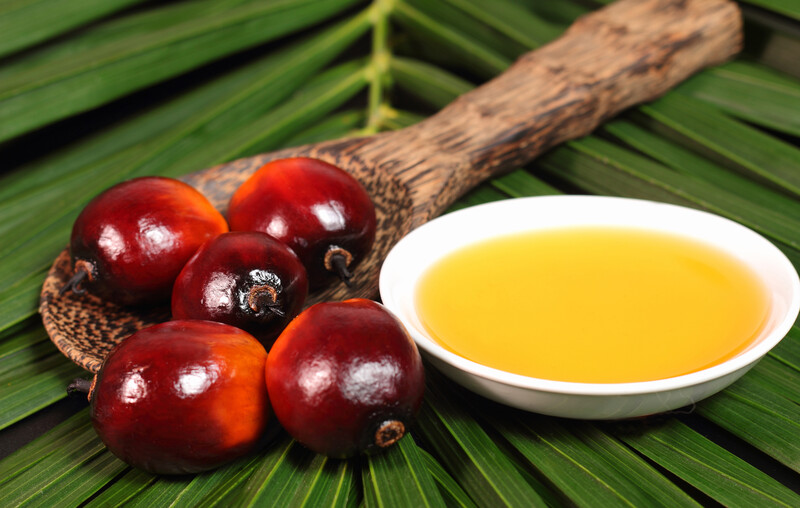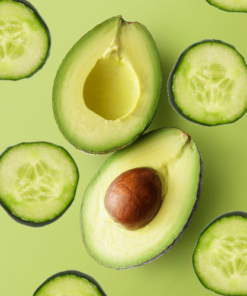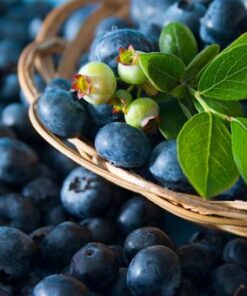Palm Oil – 5L
R400,00
Palm Oil – 5L – with its smooth texture, natural benefits, and sustainable sourcing make it the perfect choice for soap, candle and cosmetic making
Out of stock
Palm Oil – 5L
Key Features
Skin Care Marvel
Palm Oil deeply nourishes and moisturizes your skin, making it an ideal ingredient for soap, lotion, and cream formulations. Its rich content of essential fatty acids helps maintain hydration and provides your skin with the nourishment it needs. This makes Palm Oil the perfect base for luxurious skincare products that leave your skin feeling soft and rejuvenated.
Essential for Soap Making
Palm Oil plays a crucial role in soap making, helping to create a firm, long-lasting bar with a creamy lather. When you combine it with other oils, it provides structure and stability, ensuring your soaps remain durable while offering an effective cleanse.
Ideal for Candle Making
For candle making, Palm Oil works as an excellent natural wax alternative. It burns cleanly and steadily, delivering a long-lasting flame. Candles made with Palm Oil have a smooth, glossy finish that enhances any décor.
Nutrient-Rich
Packed with Vitamin E and antioxidants, Palm Oil contributes to your skin’s overall health. These nutrients help protect and nourish the skin, making Palm Oil an essential ingredient for lotions, balms, and moisturizers. You can feel confident that you’re using a natural, skin-friendly product.
Responsible Sourcing
Our Palm Oil comes from sustainable and ethical sources. This ensures that the production of Palm Oil supports both environmental and social responsibility. With every purchase, you help promote sustainable farming practices.
Versatile Usage
Palm Oil’s versatility makes it a valuable ingredient in various DIY projects. Whether you’re making soaps, candles, or skincare products, Palm Oil allows you to experiment and create. Its adaptable nature invites creativity, giving you endless possibilities for your formulations.
Benefits for Soap and Skincare:
- Moisturizing: Palm Oil hydrates and nourishes the skin, making it ideal for soaps, lotions, and creams.
- Antioxidant-Rich: With its high vitamin E content, Palm Oil helps protect the skin from free radicals, promoting a youthful glow.
- Long-Lasting Soap Bars: When used in soap-making, Palm Oil creates firm, long-lasting bars with a creamy lather.
- Clean Candle Burn: Palm Oil-based candles burn evenly and slowly, offering a natural glow and minimal soot.
- Sustainable Sourcing: By using Palm Oil, you support ethical farming practices and environmental protection.
How to Use Palm Oil in Your DIY Projects:
- Soap Making: Incorporate Palm Oil into your base oils to create smooth, moisturizing soap that lasts longer.
- Skin Care Formulations: Add Palm Oil to lotions, balms, and creams to enhance hydration and nourishment for your skin.
- Candle Making: Use Palm Oil as a natural wax alternative to create slow-burning, clean candles that provide a natural, soft glow.
Transform your soap, candle, and skincare creations with the nourishing properties of Palm Oil. Whether you’re crafting skincare products or making candles, its smooth texture, natural benefits, and sustainable sourcing make it the perfect choice. Order now and start creating luxurious, skin-loving products!
| Weight | 6 kg |
|---|---|
| Dimensions | 30 × 8 × 17 cm |











